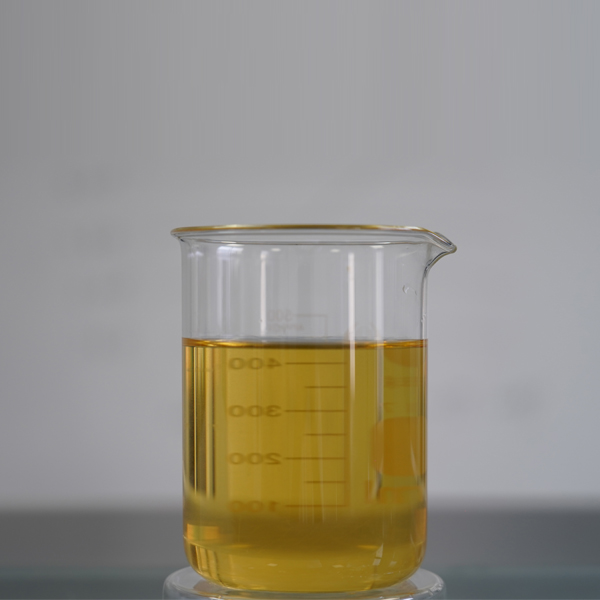
News
des . 04, 2024 21:02 Back to list
high quality list of micronutrients for plants
A Comprehensive Guide to Micronutrients for Plants
Micronutrients play an essential role in the health and development of plants. While they are required in smaller quantities compared to macronutrients such as nitrogen, phosphorus, and potassium, their importance cannot be overstated. This article provides a high-quality list of essential micronutrients for plants, detailing their functions, sources, and effects on plant growth.
What Are Micronutrients?
Micronutrients are vital elements that plants require for various physiological functions. They include minerals such as iron, manganese, zinc, copper, molybdenum, boron, and chlorine. Each micronutrient contributes uniquely to plant health and productivity, influencing everything from photosynthesis to enzyme activation.
Key Micronutrients for Plant Growth
1. Iron (Fe)
Iron is crucial for chlorophyll synthesis and is a central component of many enzymes involved in electron transport during photosynthesis. Deficiency in iron can lead to chlorosis, characterized by yellowing leaves, especially in young ones. Iron can be sourced from organic matter, compost, and iron chelates.
2. Manganese (Mn)
Manganese aids in photosynthesis, respiration, and nitrogen assimilation. It acts as a co-factor for enzymes that govern metabolic processes. Plants deficient in manganese may display interveinal chlorosis and necrotic spots on leaves. Manganese is often found in soils, particularly in well-drained areas.
3. Zinc (Zn)
Zinc is essential for the synthesis of auxins, which are necessary for plant growth and development. It also plays a role in the metabolism of carbohydrates and the synthesis of proteins. A deficiency in zinc can result in stunted growth and leaf discoloration. Zinc can be supplemented through zinc sulfate or through foliar applications of zinc-containing fertilizers.
high quality list of micronutrients for plants

4. Copper (Cu)
Copper is vital for photosynthesis, enzyme function, and lignin synthesis, which contributes to plant structure. Deficiency symptoms include wilting, dying leaf tips, and poor root development. Copper concentrations in soils can be increased through copper sulfate or chelated copper formulations.
5. Molybdenum (Mo)
Molybdenum is a critical component of the enzyme nitrogenase, which facilitates nitrogen fixation in legumes. It also aids in the metabolism of sulfur and phosphorous. Plants deficient in molybdenum may exhibit yellowing leaves and poor growth, particularly in legumes. Molybdenum can be added to soil in forms such as sodium molybdate.
6. Boron (B)
Boron is essential for cell wall formation and stability, affecting the plant's growth and reproductive processes. It helps in the movement of sugars and the development of flowers and seeds. A deficiency can lead to symptoms like blossom drop and cracked stems. It can be supplemented through borax or specific boron-containing fertilizers. 7. Chlorine (Cl)
Chlorine plays a role in osmosis and ionic balance within the plant. It is involved in photosynthesis and is crucial for the generation of oxygen. While deficiencies are rare, they can result in wilting, leaf drop, and poor growth. Chlorine is usually adequately available in the soil, but it can be applied via potassium chloride fertilizer if needed.
The Role of Micronutrients in Soil Health
Healthy soil contributes significantly to the availability of micronutrients. Organic matter, beneficial microbes, and proper soil pH promote the solubility and accessibility of these nutrients. It is essential for farmers and gardeners to regularly test soil quality to maintain an adequate balance of micronutrients, as both deficiencies and excesses can negatively impact plant growth.
Conclusion
Micronutrients may be required in minute amounts, but their impact on plant health is substantial. Understanding the specific roles, deficiencies, and sources of these essential nutrients can lead to improved agricultural practices and healthier plants. Regular soil testing, organic amendments, and targeted fertilization strategies are critical steps in ensuring that plants receive the micronutrients they need for vibrant growth and robust yields. Cultivating an awareness of micronutrients in gardening and farming will ensure sustainable practices and bountiful harvests.
-
Polyaspartic Acid Salts in Agricultural Fertilizers: A Sustainable Solution
NewsJul.21,2025
-
OEM Chelating Agent Preservative Supplier & Manufacturer High-Quality Customized Solutions
NewsJul.08,2025
-
OEM Potassium Chelating Agent Manufacturer - Custom Potassium Oxalate & Citrate Solutions
NewsJul.08,2025
-
OEM Pentasodium DTPA Chelating Agent Supplier & Manufacturer High Purity & Cost-Effective Solutions
NewsJul.08,2025
-
High-Efficiency Chelated Trace Elements Fertilizer Bulk Supplier & Manufacturer Quotes
NewsJul.07,2025
-
High Quality K Formation for a Chelating Agent – Reliable Manufacturer & Supplier
NewsJul.07,2025
